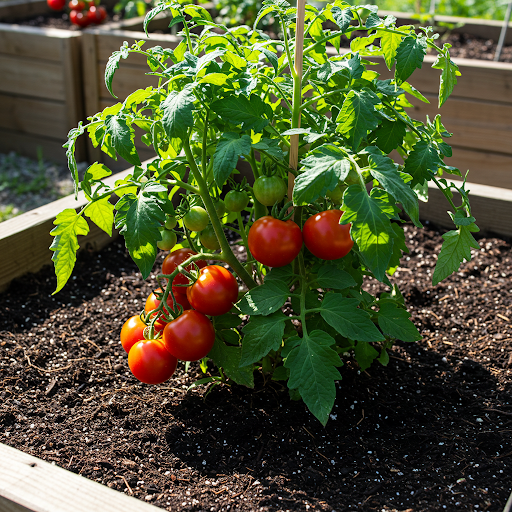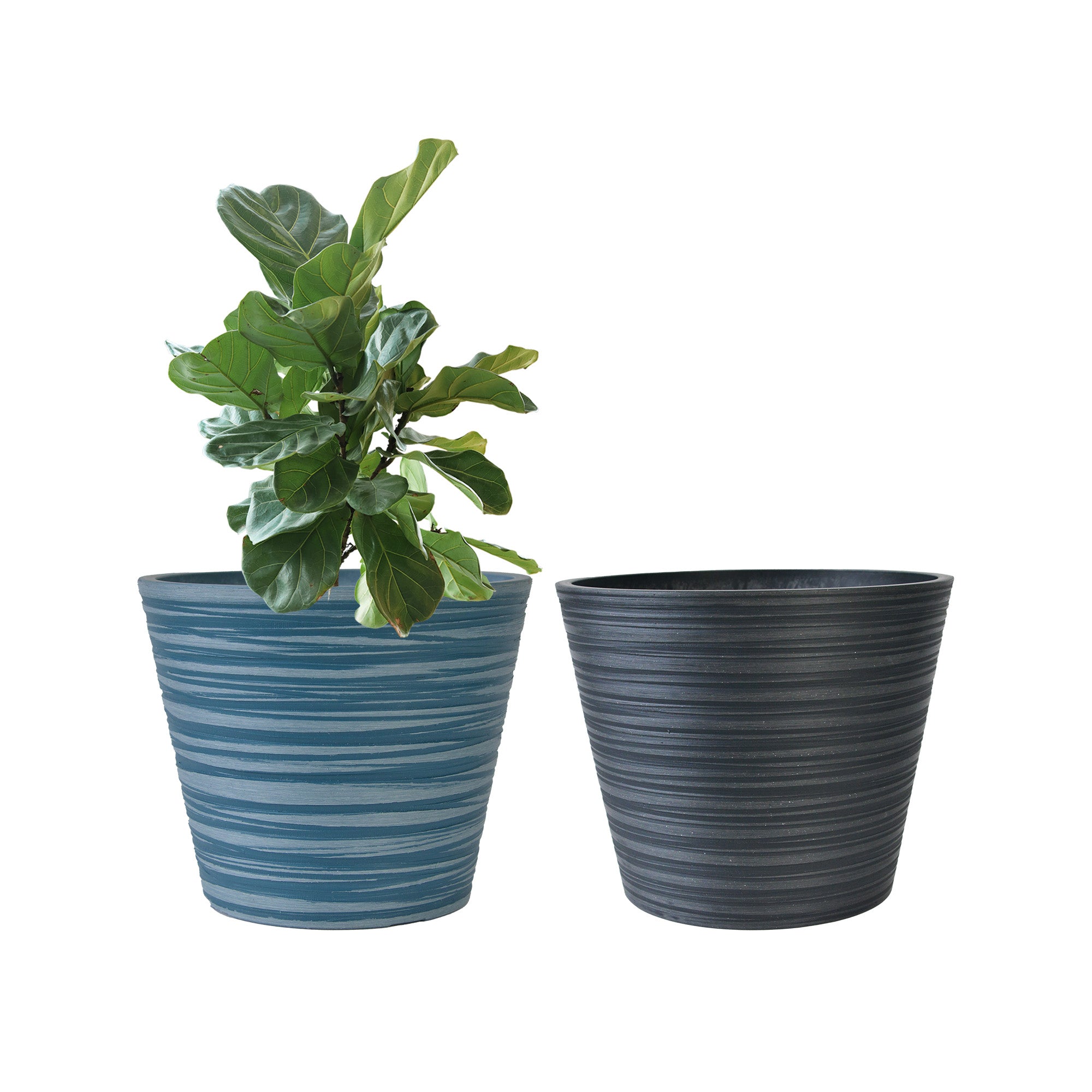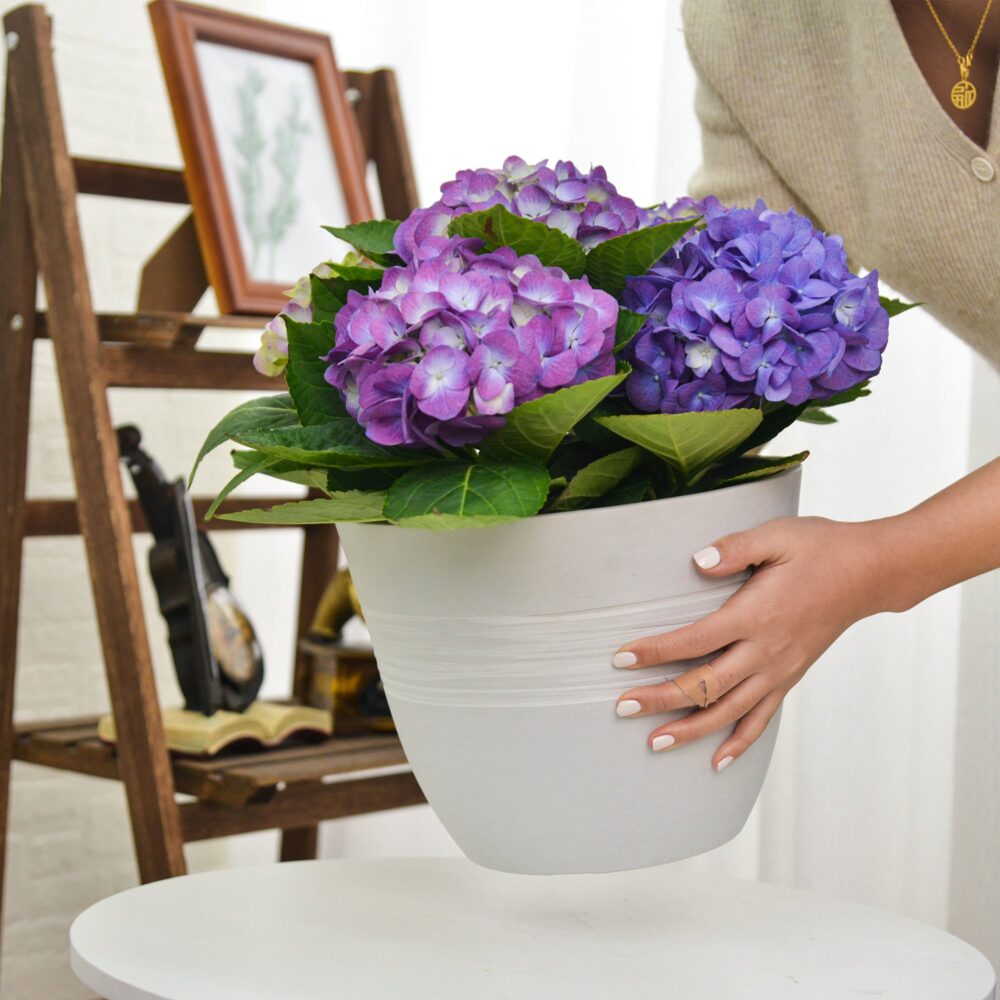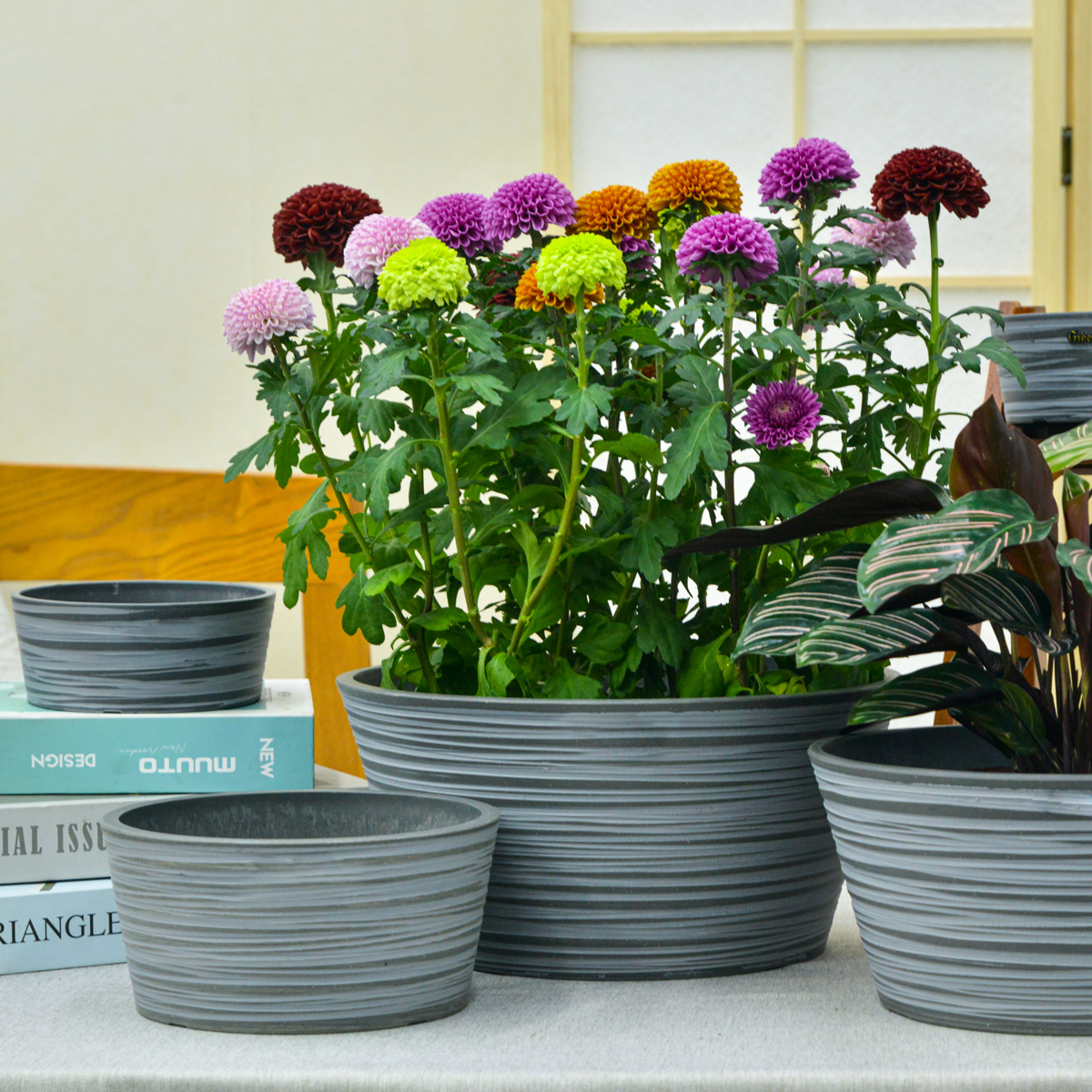How do I Choose the Right Soil for a Planter Box? A Guide to Happy Plants
Selecting the right soil for your planter box is just as crucial as choosing the right plants and location. The soil provides the necessary nutrients, water retention, and drainage that your plants need to thrive. Using the wrong type of soil can lead to stunted growth, root rot, and ultimately, plant failure. This guide will walk you through how to choose the best soil for your container gardening endeavors.

Why Not Just Use Garden Soil?
It might seem convenient to simply scoop up soil from your garden and put it in your planter box. However, garden soil is generally not suitable for containers. Here’s why:
- Compaction: Garden soil tends to be heavy and can compact easily in a confined space like a planter box. This reduces aeration, making it difficult for roots to breathe.
- Poor Drainage: Compacted soil also retains too much water, which can lead to waterlogged roots and root rot – a fatal condition for many plants.
- Weed Seeds and Diseases: Garden soil may contain weed seeds, pests, and diseases that can harm your container plants.
The Importance of Potting Mix
The best choice for your planter box is a high-quality potting mix. Despite its name, potting mix is usually soilless, meaning it doesn’t contain actual dirt. Instead, it’s a blend of materials specifically designed for container gardening. Here’s what makes potting mix ideal:
- Excellent Drainage: Potting mix is formulated to drain well, preventing water from sitting around the roots.
- Good Water Retention: While it drains well, a good potting mix also retains enough moisture to keep your plants hydrated between waterings.
- Lightweight and Porous: The lightweight and porous nature of potting mix allows for good air circulation around the roots, which is essential for healthy growth.
- Sterile: Most potting mixes are sterile, meaning they are free from weed seeds, pests, and diseases.
What’s Typically in Potting Mix?
Potting mixes can vary in their exact composition, but they often include a combination of the following ingredients:
- Peat Moss or Coir: These materials help retain moisture and improve aeration. Coir is a more sustainable alternative to peat moss, made from coconut husks.
- Perlite or Vermiculite: These lightweight, porous materials improve drainage and aeration. Perlite looks like tiny white balls, while vermiculite is sponge-like and can also help retain some moisture.
- Compost: Provides essential nutrients and beneficial microbes for plant growth.
- Pine Bark Fines: Help with drainage and aeration, and can also add some structure to the mix.
Choosing the Right Potting Mix for Your Plants
While a general-purpose potting mix will work for most plants, you might consider specialized mixes for certain types:
- Vegetable Potting Mix: Often contains more nutrients to support the growth of fruiting plants.
- Flower Potting Mix: May be lighter and formulated to encourage blooming.
- Succulent and Cactus Mix: Contains a higher proportion of sand or perlite for fast drainage, which is crucial for these drought-tolerant plants.
- Acid-Loving Plant Mix: Formulated with a lower pH for plants like blueberries, azaleas, and rhododendrons.
Enhancing Your Potting Mix with Amendments
You can further improve your potting mix by adding certain amendments:
- Compost: Adding a bit more compost can boost the nutrient content of your mix.
- Slow-Release Fertilizer: Incorporating slow-release fertilizer granules will provide a steady supply of nutrients to your plants over several months.
- Worm Castings: These are a natural and gentle source of nutrients and can improve soil structure.
Key Considerations for Planter Box Soil:
- Drainage is Paramount: Always ensure your potting mix provides excellent drainage. Soggy soil is the enemy of healthy roots.
- Water Retention Matters: The mix should also be able to hold enough moisture so you don’t have to water constantly.
- Nutrient Availability: Choose a mix that either contains sufficient nutrients or plan to fertilize regularly.
- Avoid Garden Soil: Resist the temptation to use garden soil in your planter boxes.

By understanding the importance of using the right soil, specifically a good quality potting mix, you’ll be well on your way to creating a thriving container garden in your planter boxes. Happy planting!
k2-21G
By greenship|2024-08-13T06:17:26+00:00August 13, 2024|Categories: Hand-carving Series|
Planter 5 in W / 8 in W / 12 in W or Indoor Outdoor Plants, Modern Decorative Plant Pots with Drainage Hole, Decorative Flower Pots
By greenship-seo|2025-04-10T06:37:58+00:00January 16, 2025|Categories: Hand-carving Series|Tags: Decorative Flower Pots|
Planter for Indoor Outdoor Plants, Set of 2 Modern Decorative Plant Pots with Drainage Hole, Decorative Flower Pots
By greenship-seo|2025-01-14T12:26:44+00:00January 14, 2025|Categories: Hand-carving Series|Tags: Decorative Flower Pots|
KC3-14A
By greenship|2024-08-16T06:26:30+00:00August 16, 2024|Categories: Hand-carving Series|
20T
By greenship|2024-08-13T06:42:22+00:00August 13, 2024|Categories: Hand-carving Series|
11THD
By greenship|2024-08-13T02:52:20+00:00August 13, 2024|Categories: Hand-carving Series|






